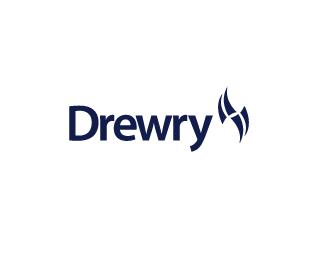Container lines may be tempted to alleviate the stress on the Asia-Europe routes and cascade the biggest ships possible from there to the Asia-East Coast North America (ECNA) trade once the expanded Panama Canal opens in April 2016, but the upgrades should be gradual and dictated by demand rather than the Canal’s new size, according to the shipping analyst Drewry.
From April 2016 onward, carriers will have the opportunity to replace their 5,000 TEU maximum ships that currently transit the Central American cut-through with ships of anything up to 14,000 TEU, depending on the physical dimensions.
There are currently 15 Asia to ECNA via Panama services in operation, requiring 159 ships to maintain weekly frequency. The average size of vessel on this route is 4,600 TEU. There were 16 services before the G6 Alliance merged two of its loops as part of a now routine seasonal capacity withdrawal programme. Weekly services from Asia to ECNA via the Suez Canal currently number nine, with the average size of the ships being 8,000 TEU.
How quickly and to what extent carriers introduce bigger ships into the Asia-ECNA via Panama route, assuming they will want to maintain the high ship load factors, will depend on the rate of demand growth to the East coast and on other factors, such as railroad intermodal pricing from the West Coast, according to Drewry.
But if carriers do decide to flood the market with 13-14,000 TEU ships, Drewry calculates that the number of services would have to be reduced from 15, as there are now, to just 5, or risk utilisation and rates sinking fast.
Another large increase in demand could support another one or two services on top of the base scenario outlined above, but Drewry believes that such a move would require a large-scale reorganisation of the trade.
More likely, carriers will take an incremental approach with the average size of ships rising to between 6-8,000 TEU at the outset, rising as demand dictates, which will still provide carriers with improved scale economies and at the same time maintain satisfactory competition and conditions to generate profits.
